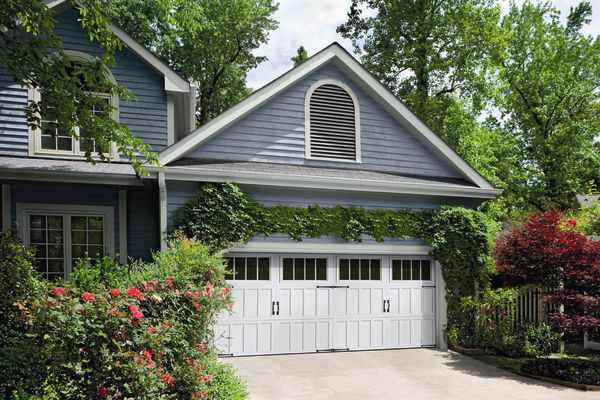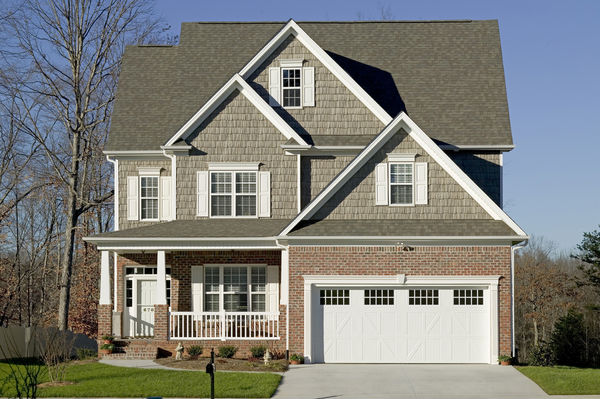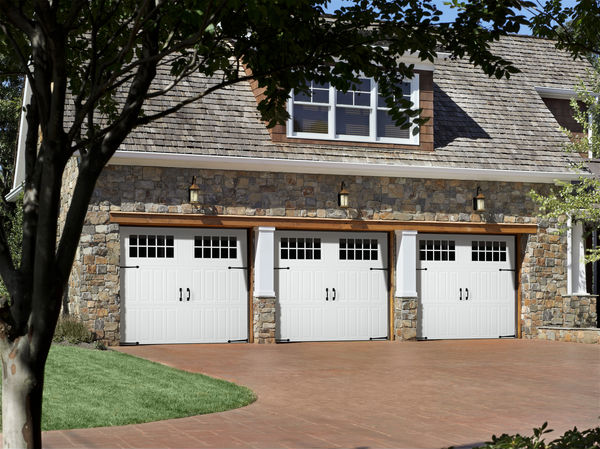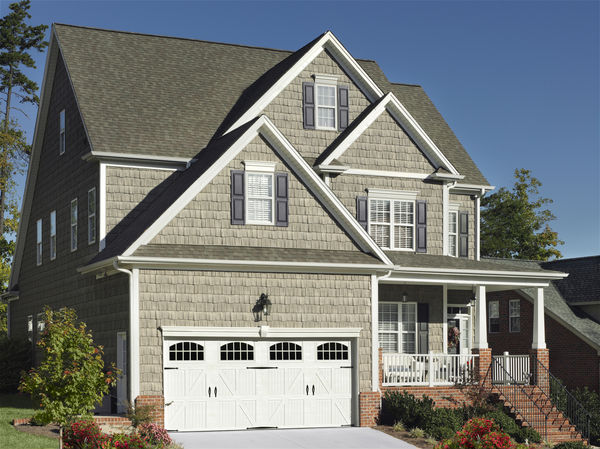
Your garage door is more than just a functional entry point; it’s a prominent design element that can significantly impact your home’s curb appeal and value. Selecting the right garage door involves a balance of aesthetics, durability, and functionality. Here’s how to choose one that enhances your home’s value.
Match Your Home’s Style
The garage door should complement your home’s architectural style. Whether you own a modern property or a classic colonial, look for designs, colors, and finishes that blend seamlessly with your home’s exterior for a cohesive appearance.
Prioritize Quality Materials
High-quality materials like steel, wood, and composite not only improve durability but also elevate your home’s aesthetic appeal. Steel offers a sleek, modern look, while wood provides timeless charm. Opt for materials that withstand your climate and require minimal maintenance.
Consider Energy Efficiency
Garage doors with proper insulation contribute to energy efficiency, particularly for attached garages. Insulated doors help regulate indoor temperatures, reducing energy costs and making your home more appealing to eco-conscious buyers.
Focus on Safety and Security
Choose a garage door equipped with modern safety features, like pinch-resistant panels and secure locking mechanisms. Buyers value homes with enhanced security features, which can be a significant selling point.
Incorporate Smart Technology
Smart garage door openers add convenience and modernity to your home. Features like remote access and integration with home automation systems appeal to tech-savvy buyers and increase perceived value.
A thoughtfully chosen garage door not only boosts curb appeal but also enhances functionality and energy efficiency, making it a smart investment for increasing home value.




